News
Metal industry – Thermal hazards under the microscope
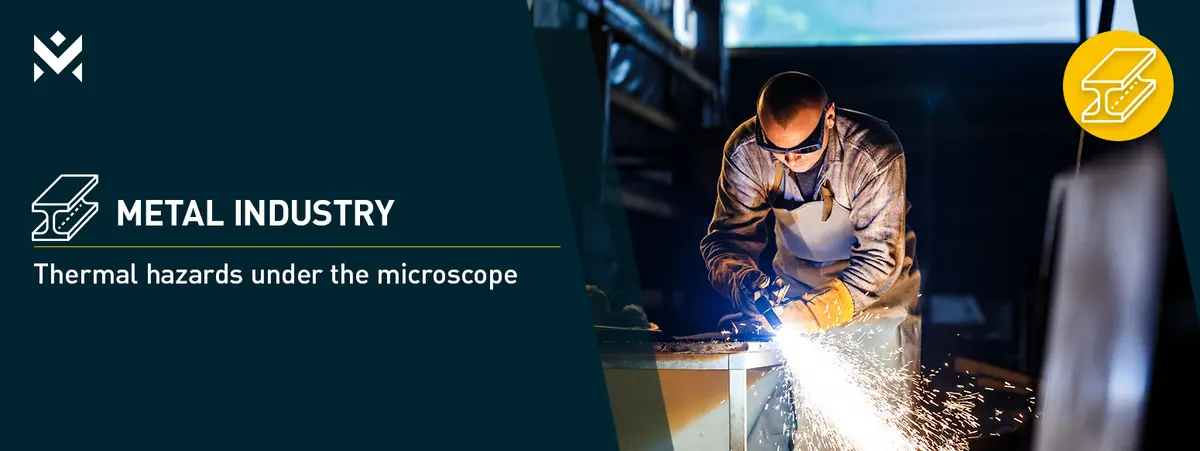
The metal industry is known for its complex and high-risk environment, with exposure to various thermal hazards a major concern. From intense heat at melting furnaces to the rays of welding arcs and Uv radiation, workers face potential hazards on a daily basis. The proper use of heat-resistant and flame-retardant PPE is vital to preventing injury and ensuring workplace safety.
This article offers insight into three thermal hazards and emphasizes the importance of protection that is heat-resistant and flame retardant. It also discusses the impact of Uv radiation and infrared radiation as thermal stresses, and recommends appropriate PPE to protect workers.
Working in the metal industry involves several hazards. The three hazards we will focus on in this article are:
- High Temperatures and Heat Radiation: Melting furnaces and heat treatment processes generate extreme heat (above 1000°C), which can lead to burns and heat stress.
- Contact with Hot Surfaces: Workers may accidentally touch hot metal pieces or machine parts, which can cause burns.
- UV and infrared radiation: Originating from welding arcs and natural sunlight, can be harmful to workers’ skin and eyes, leading to skin burns and eye injuries such as photokeratitis.
To mitigate these hazards and effectively protect workers, it is important to use PPE that is not only heat-resistant and flame retardant, but also protects against Uv radiation and infrared radiation. Below we explore the importance of these protective measures and how they contribute to a safer work environment in the metal industry.
Heat resistance
Heat resistance refers to a material’s ability to withstand high temperatures without melting, deforming, catching fire or losing its function. It means that the material retains its strength and properties even when exposed to extreme heat. Heat-resistant materials are crucial in applications where high temperatures are involved, such as in the metal industry.
Flame retardant
Flame retardant refers to the ability of materials to slow or prevent the ignition and spread of flames when exposed to an ignition source, such as heat or a flame. This means that flame retardant materials burn more slowly and produce less smoke and toxic gases when burned, reducing the risk of fire and injury.
Normeringen
Clothing:
For clothing during welding operations, EN ISO 11611 and EN ISO 11612 are important standards. These standards set requirements for materials, construction and performance, such as flame spread resistance and heat durability. Clothing that meets these standards protects against thermal hazards such as molten metal spatter and flames, slows flame spread and minimizes risk of burns. This increases worker safety and confidence in welding operations.
Gloves:
EN 12477 specifies requirements for welding gloves, focusing on protection against thermal hazards during welding. EN 407 focuses on general heat resistance of gloves, including protection against heat and flame. Both standards are relevant to welding activities.
Foot Protection:
EN ISO 20345 specifies requirements for safety shoes in various industrial environments, including the metal industry. Shoes that meet this standard provide protection against falling objects, sharp objects and slip hazards. They also provide thermal protection against heat, but the degree of protection can vary depending on factors such as the design and materials of the shoes.
Our recommendations:
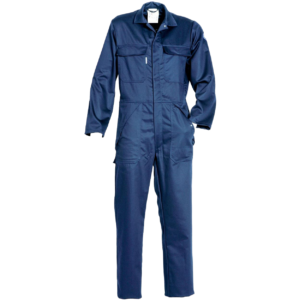 |
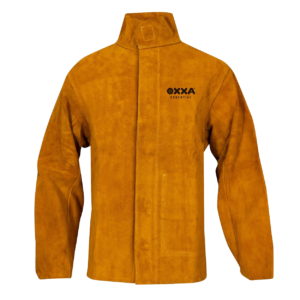 |
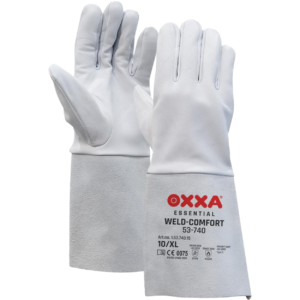 |
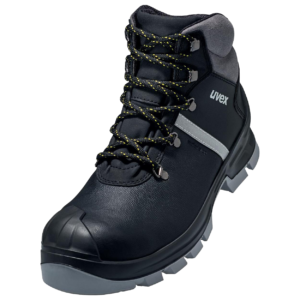 |
| HAVEP 2892 OVERALL Art. No.: 2.15.270.00 |
OXXA® MARCUS 0391 LASJACK Art. No.: 2.70.391.00 |
OXXA® WELD-COMFORT 53-740 GLOVE Art. No.: 1.53.740.15 |
UVEX 2 CONSTRUCTION 6510 SAFETY SHOE S3 Art. No.: 5.12.310.00 |
UV radiation and infrared radiation
In the metal industry, Uv radiation and infrared radiation are an additional form of heat exposure, especially during welding, cutting, grinding and outdoor work where workers are exposed to direct sunlight. The intense Uv radiation and infrared radiation from welding arcs and natural sunlight can be harmful to the eyes and skin, leading to acute thermal damage, such as skin burns, and eye injuries such as welding eyes or photokeratitis. Protective measures such as wearing welding helmets and welding goggles with UV filters and infrared filters are vital to prevent injury.
Standards
Eye protection:
For eye protection during welding work, standards EN 166, EN 170 and EN 171 are relevant.
EN 166 specifies general requirements for personal eye protection, including specifications for resistance to impact, optical clarity and protection against ultraviolet (UV) radiation. Eyewear complying with EN 166 provides basic eye protection and can be used in a variety of industrial environments, including welding.
EN 170 specifies the requirements for UV filters used in eye protection equipment. In welding operations, protection from Uv radiation is essential due to the intense light rays released. Eyewear with filters complying with EN 170 provides protection against harmful Uv radiation, keeping workers’ eyes safe during welding.
EN 171 specifies requirements for infrared filters used in eye protection equipment. In welding operations, protection from UV and infrared radiation is essential. Goggles and welding hoods with filters complying with EN 171 provide protection against harmful UV and infrared radiation, keeping workers’ eyes protected during welding.
Our recommendation:
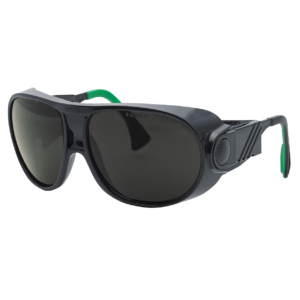 |
| UVEX FUTURA 9180-145 WELDING GLASSES Art. No.: 7.25.661.95 |
Need help?
Want advice or additional information on the right products when working with thermal hazards? Contact us today on T. +31 (0)181 47 50 00. Our enthusiastic team will be happy to tell you more!